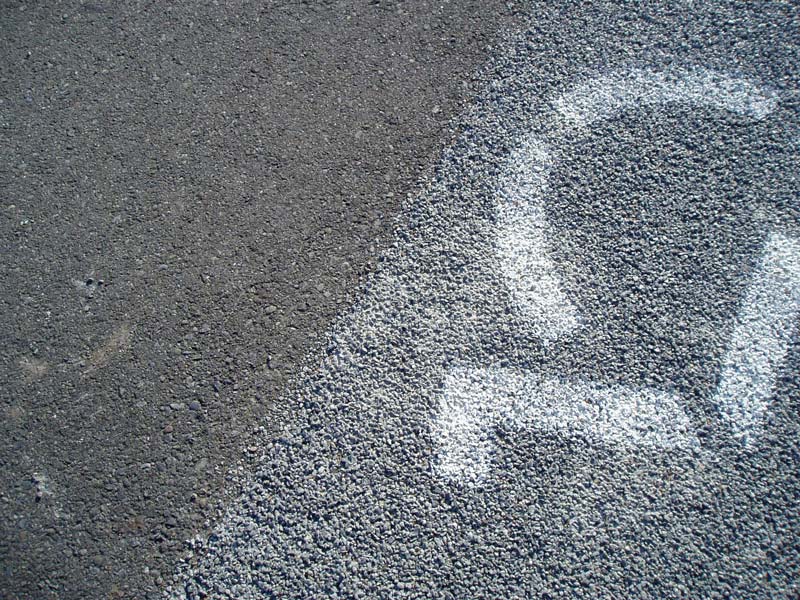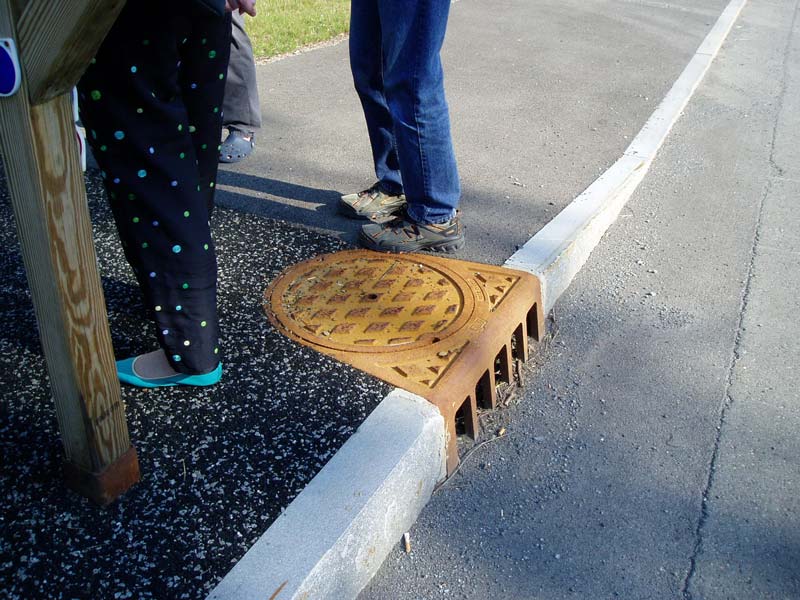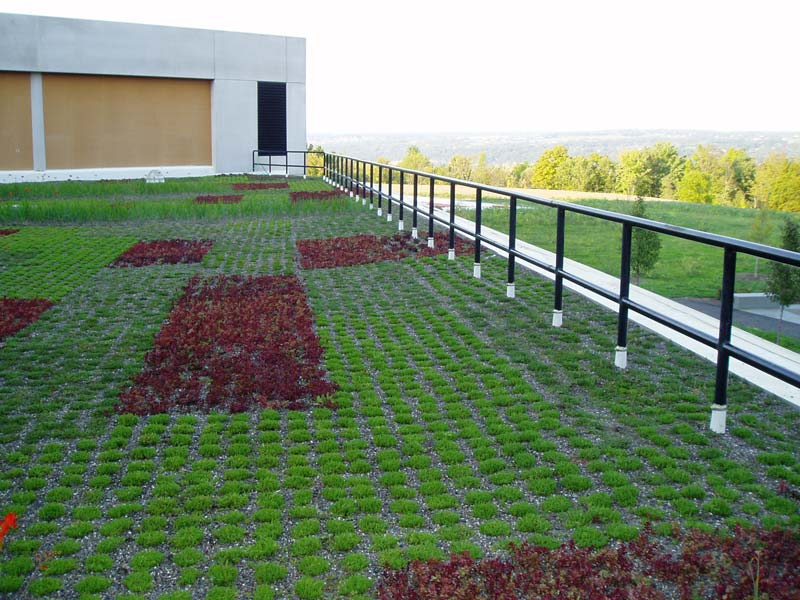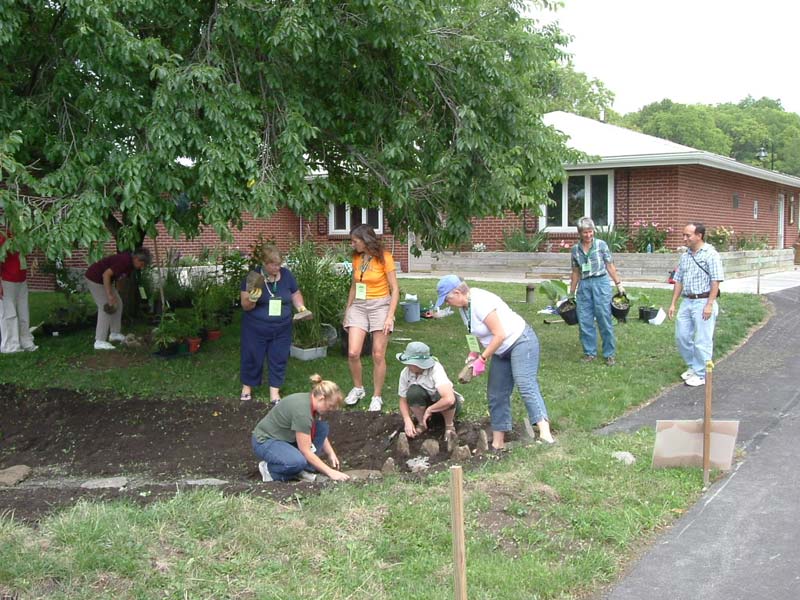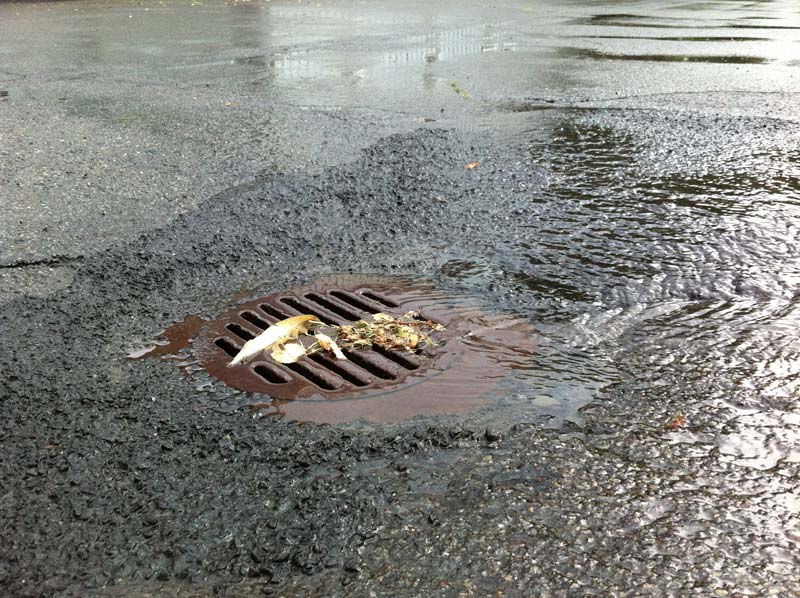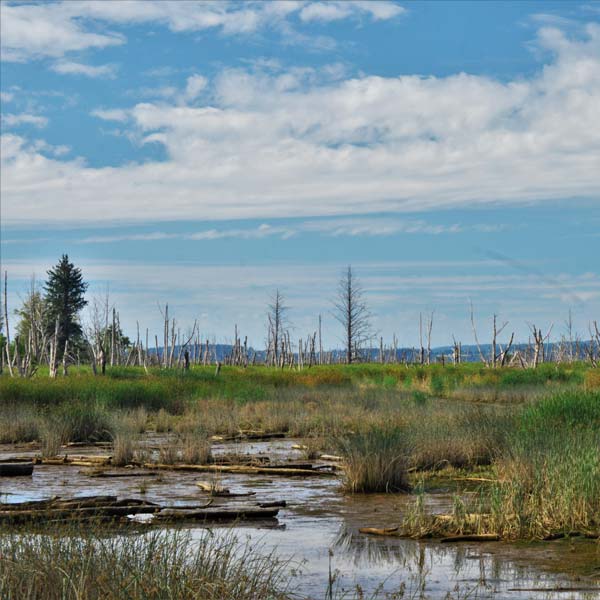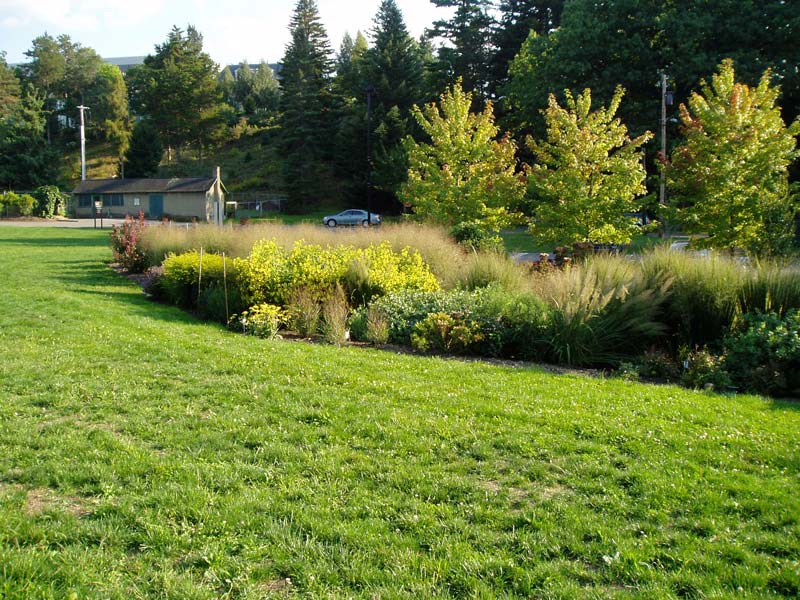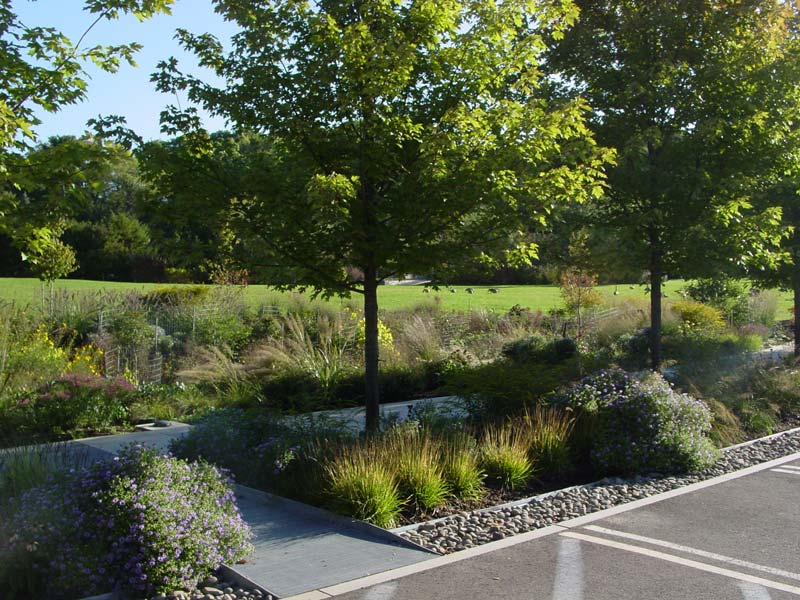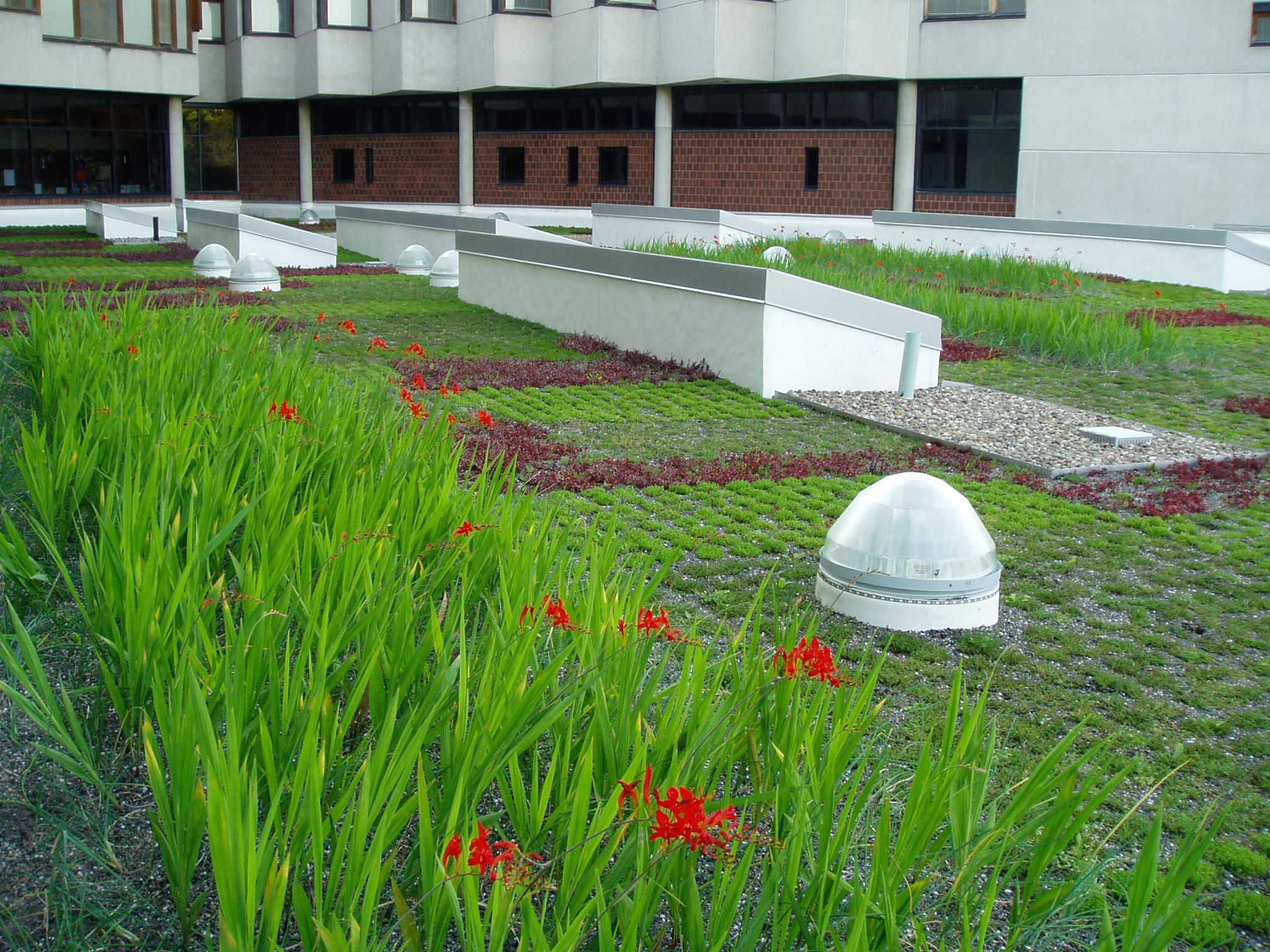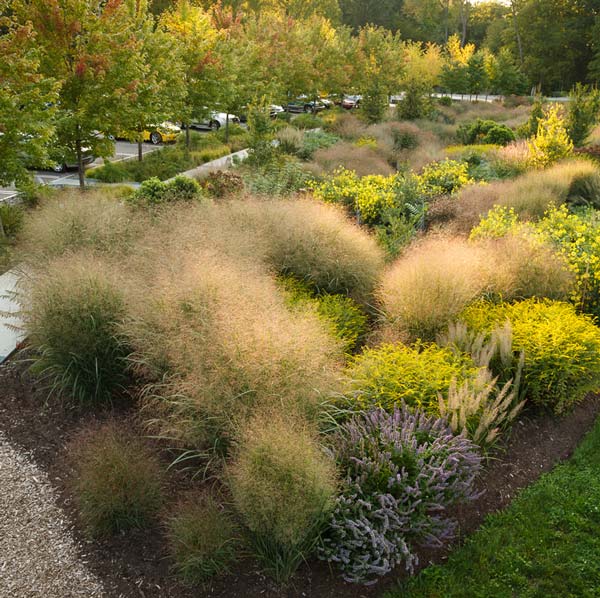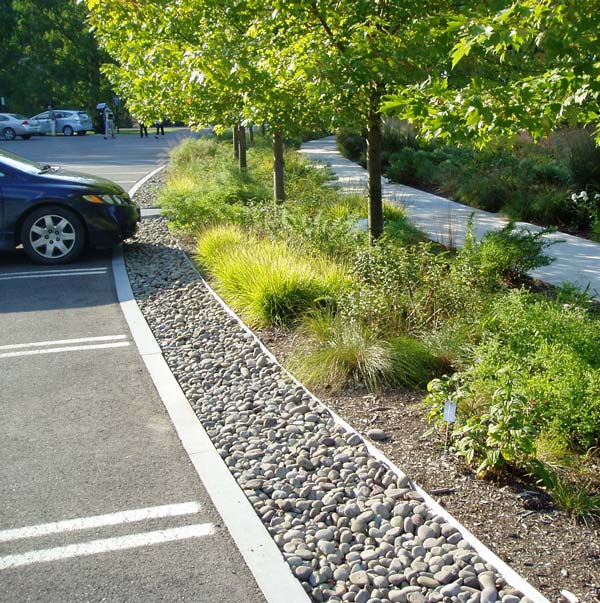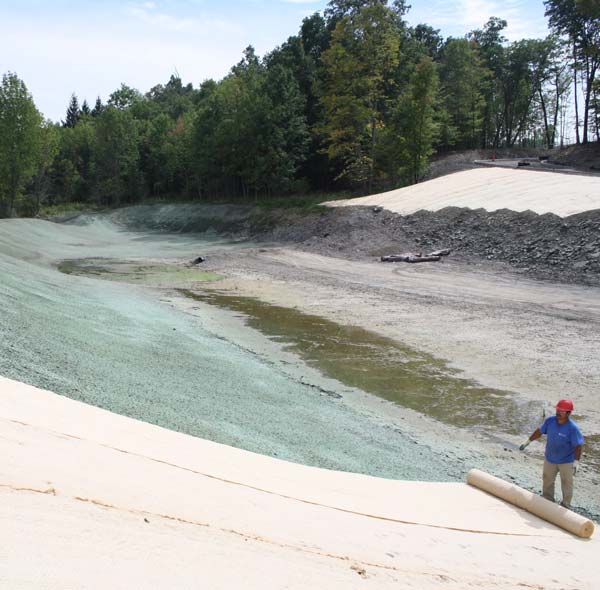What is Green Infrastructure?
Green infrastructure is a term that is used to encompasses practices that use plant or soils systems, permeable surfaces or substrates, stormwater harvest and reuse, or landscaping to store, infiltrate, or evapotranspirate stormwater and reduce flows to surface waters or sewer systems. It’s an approach that protects, restores, or mimics the natural water cycle. It could involve planting trees, restoring wetlands, installing permeable pavements, or installing a bioretetntion area or rain garden rather than building a costly new water treatment plant.
Why Choose Green Infrastructure?
Green infrastructure has a number of benefits, which include improving water quality and quantity, air quality, climate resiliency, habitat and wildlife and communities. GI practices retain rainfall from small storms, which reduces stormwater discharges to our local waterbodies. In addition to retaining water, these practices also treat stormwater to remove pollutants. The vegetation associated with some of the practices can have a positive impact on smog as vegetation can reduce smog by reducing air temperatures and removing air pollutants.
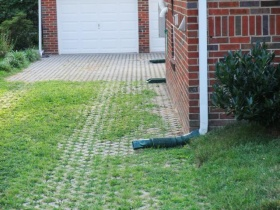
Permeable Pavement
Permeable pavement is a type of pavement with a porous surface and an underlying stone reservoir. Porous pavement can be composed of concrete, porous pavers, or porous asphalt. Permeable pavements infiltrate, treat, and/or store rainwater where it falls.
How to Reduce Impermeable Surfaces
